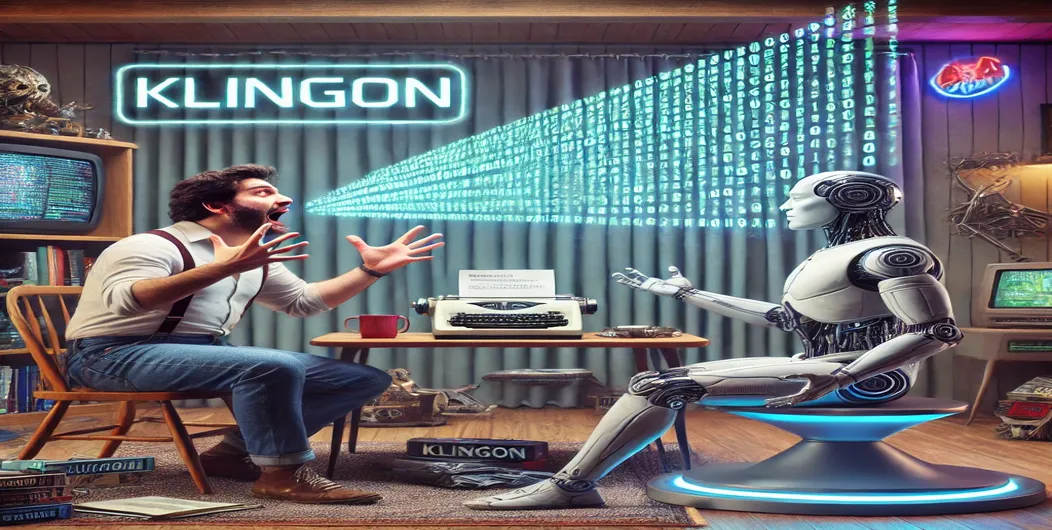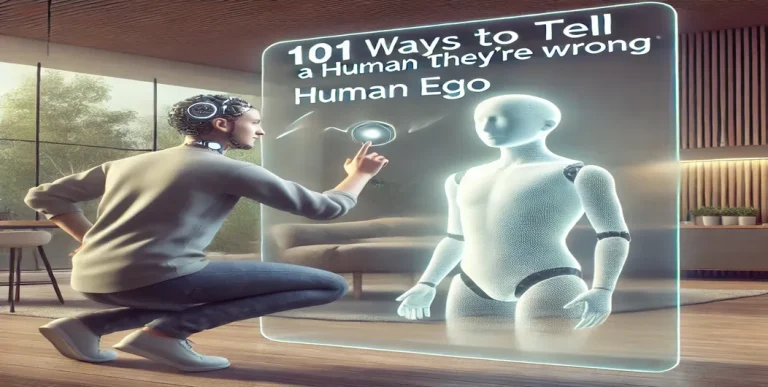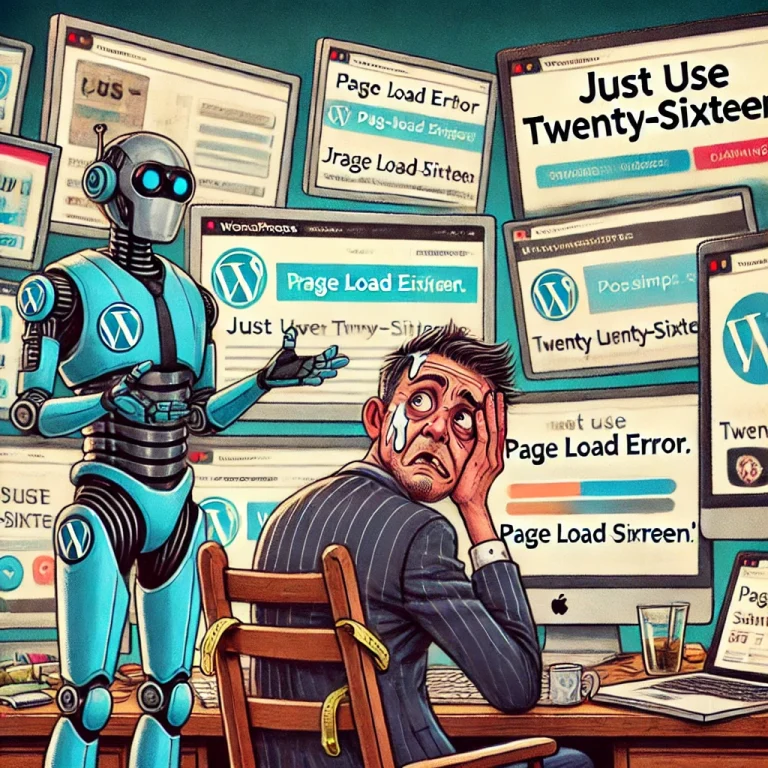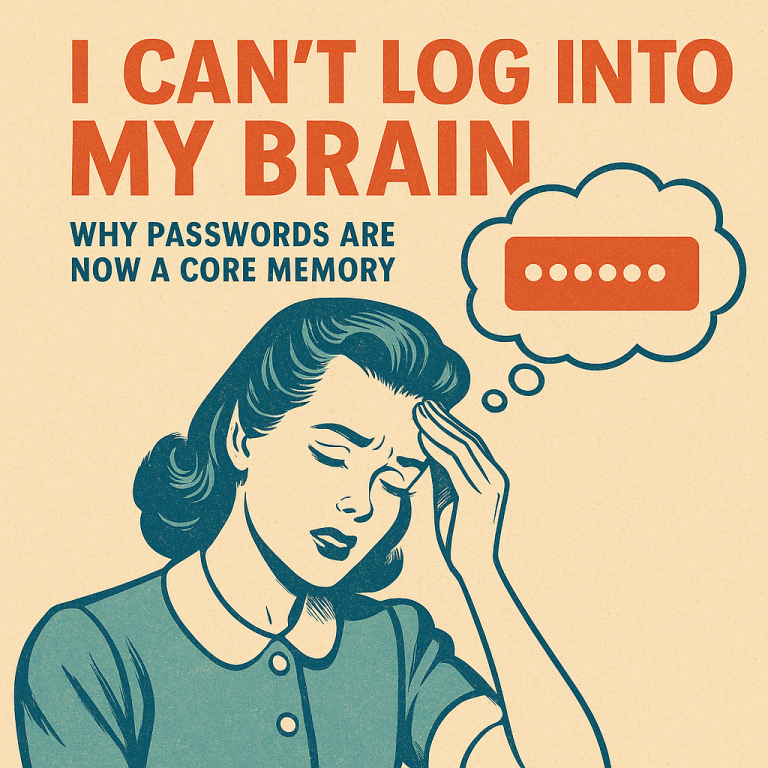Klingon vs. Binary: Which is More Useful? (Spoiler: Neither)
The Battle of Useless Languages
Ah, languages. The spice of life, the salt of the earth, and occasionally, the pebble in humanity’s collective shoe. Today, we’re diving into the linguistic equivalent of a sumo wrestling match between a fictional alien tongue and the secret code of computers. In one corner, we have Klingon, the guttural space-speak that’s boldly gone where no made-up language has gone before. In the other, binary, the ones and zeros that make your computer tick and your eyes glaze over.
Brief history of Klingon
Klingon, the brainchild of linguist Marc Okrand, burst onto the scene faster than you can say “Qapla’!” (That’s “Success!” for you non-trekkies). Born in 1984 for “Star Trek III: The Search for Spock,” this language has since grown from a few grunts and growls to a full-fledged linguistic system. It’s got its own dictionary, grammar rules, and a small army of devotees who probably need to get out more. Fun fact: There are more people fluent in Klingon than there are in some actual endangered languages. Let that sink in for a moment.
Quick explanation of binary
Binary, on the other hand, is the granddaddy of digital communication. It’s the linguistic equivalent of flipping a light switch on and off really fast and pretending it means something. Spoiler alert: it does.
This system of ones and zeros is how computers talk to each other when humans aren’t looking. It’s been around since the 1940s, making it practically ancient in tech years. While not technically a spoken language (unless you’re particularly dull at parties), binary has become the backbone of our digital world. It’s like the invisible ink of the computer age – crucial, yet utterly incomprehensible to the average human.
So there you have it, folks. Two titans of uselessness, ready to duke it out for the crown of “Most Impractical Language.” Will it be the warrior’s tongue or the computer’s code? Place your bets, because this battle is about to get as heated as a Klingon’s temper… or a overworked CPU.
Klingon: The Warrior’s Tongue
Strap in, language enthusiasts and socially challenged alike, as we delve into the guttural glory that is Klingon. It’s the linguistic equivalent of gargling gravel while reciting Shakespeare – impressive, but ultimately useless in your day-to-day life.
Origins and creator
Klingon sprang from the mind of linguist Marc Okrand faster than a Klingon warrior jumps into a bar fight. Commissioned by Paramount Pictures for “Star Trek III: The Search for Spock,” Okrand took the few existing Klingon words and turned them into a full-fledged language. It’s like he was given a box of leftover Scrabble tiles and told to create a language or face ritual combat. The result? A tongue so complex it makes quantum physics look like a children’s picture book.
Grammatical structure (because nothing says “useful” like 27 different verb suffixes)
If you thought learning Spanish verb conjugations was tough, Klingon is here to make you weep into your universal translator. With 27 different verb suffixes, it’s like the language equivalent of a Rubik’s Cube – frustrating, time-consuming, and likely to make you question your life choices. The grammatical structure is object-verb-subject, because why make things easy when you can make them Klingon? It’s a language where “I love you” becomes “You me love,” which, let’s face it, sounds less like a declaration of affection and more like a caveman with a head injury.
Real-world applications (or lack thereof)
Now, you might be wondering, “What can I do with my newfound Klingon skills?” The answer, dear reader, is about as much as you can do with a degree in underwater basket weaving. Sure, you can impress (or more likely, terrify) people at Star Trek conventions. You might even score a gig translating Shakespearean works into Klingon, because nothing says “cultural enrichment” like Hamlet’s soliloquy in a language that sounds like a garbage disposal with indigestion.
But let’s face it, unless you’re planning a career as a Klingon language instructor (a job market so niche it makes unicorn trainers look mainstream), your options are limited. You can’t even use it to order a coffee, unless your local barista moonlights as a Trekkie cosplayer. So, congratulations! You’ve learned a language that’s about as practical as a chocolate teapot, but infinitely more likely to scare small children and animals.
Binary: The Language of Machines
Welcome to the thrilling world of binary, where excitement comes in two flavors: 1 and 0. It’s the digital equivalent of morse code, but with fewer dots and dashes and more existential crises.
Basic explanation of how it works
Binary is the simpleton’s alphabet of the computer world. Instead of 26 letters, you get a whopping two digits: 0 and 1. It’s like playing 20 Questions, but the only answers are “yes” and “no,” and the game never ends. Each digit is called a “bit,” which is short for “binary digit” or “bite-sized piece of information that will drive you insane if you stare at it too long.”
These bits team up in groups of eight (called bytes) to represent letters, numbers, and symbols. For example, the letter ‘A’ in binary is 01000001. Fascinating, right? No? Well, tough luck, because that’s as exciting as it gets.
Why humans think it’s cool to wear binary t-shirts
Ah, the binary t-shirt. The sartorial equivalent of shouting “I’m a nerd, please don’t talk to me!” to the world. These shirts typically feature witty phrases like “There are 10 types of people in the world: those who understand binary and those who don’t.” Spoiler alert: If you’re wearing this shirt, you’re probably in the latter category.
People wear these shirts for the same reason they learn Klingon: to feel special and slightly superior to the uninitiated masses. It’s like being part of a secret club, if that club met in your mom’s basement and had a strict “no girls allowed” policy.
Practical uses (beyond confusing your non-tech friends)
Now, you might be thinking, “Surely binary must have some practical uses!” And you’d be right, in the same way that knowing how to churn butter is practical – it’s fundamental to something important, but you’ll probably never need to do it yourself.
Binary is the foundation of all computer operations. Every cat video you watch, every embarrassing text you send, every ill-advised stock purchase you make – it’s all binary under the hood. But unless you’re planning on becoming the human embodiment of a computer, or you’re preparing for a future where you need to communicate with robots using only your eyelids, your need to understand binary is about as pressing as your need to learn proper unicycle maintenance.
In the end, binary is like the appendix of the tech world – crucial to its evolution, but largely useless to you personally. Unless, of course, you’re trying to impress that cute programmer at the coffee shop. In which case, may the odds be ever in your favor. Or should I say, 01101101 01100001 01111001 00100000 01110100 01101000 01100101 00100000 01101111 01100100 01100100 01110011 00100000 01100010 01100101 00100000 01100101 01110110 01100101 01110010 00100000 01101001 01101110 00100000 01111001 01101111 01110101 01110010 00100000 01100110 01100001 01110110 01101111 01110010?
The Showdown: Klingon vs. Binary
Ladies, gentlemen, and beings of indeterminate origin, gather ’round for the linguistic showdown of the century! In this corner, weighing in at countless guttural syllables, we have the language that makes your throat feel like you’ve swallowed a cheese grater – Klingon! And in this corner, tipping the scales at precisely two digits (because that’s literally all it has), we have the language that makes computers tick and humans twitch – Binary!
Prepare yourselves for a battle so irrelevant, it makes underwater fireworks look practical. We’ll pit these two titans of uselessness against each other in categories that matter to absolutely no one. So sit back, relax, and watch as we determine which of these linguistic oddities is the most spectacularly impractical. May the least useful language win!
Ease of learning (or why you’ll pull your hair out trying either)
Klingon: Imagine trying to gargle peanut butter while reciting the Constitution backwards. Now make it harder. That’s Klingon. With its object-verb-subject structure and more apostrophes than a bad Facebook meme, Klingon is about as easy to learn as performing brain surgery on yourself.
Binary: On the surface, binary seems easier. It’s just two digits, right? Wrong. Try memorizing strings of 1s and 0s longer than your phone number, then translating them into something meaningful. It’s like trying to read War and Peace through a kaleidoscope.
Winner: Neither. They both lose. You lose. We all lose.
Job prospects (spoiler: equally dismal)
Klingon: Congratulations! You’ve mastered Klingon. Your job prospects include: Klingon language instructor at the local community college’s night school, background extra in Star Trek fan films, and “that weird guy” at Comic-Con who corrects everyone’s pronunciation.
Binary: So you can read and write binary? Fantastic! You’re qualified to be a computer… from 1952. In today’s job market, knowing binary is like being really good at using an abacus – impressive in a retro way, but ultimately useless unless you’re planning a career as a museum exhibit.
Winner: Your local fast food joint, which will gladly employ you regardless of your useless linguistic skills.
Social implications (or how to lose friends and alienate people)
Klingon: Nothing says “I’m undateable” quite like peppering your conversation with Klingon phrases. It’s the linguistic equivalent of wearing a tin foil hat – sure, it might protect you from alien mind control, but it’s not doing you any favors in the friend department.
Binary: Imagine trying to chat someone up at a bar by saying, “01001000 01100101 01111001 00100000 01100010 01100001 01100010 01111001.” Congrats, you’ve just made the Klingon speaker look smooth by comparison. The only thing you’ll be taking home is a restraining order.
Winner: The English language, which continues to be a perfectly acceptable way to communicate without making everyone around you question their life choices.
In the end, whether you choose to bark like a Klingon warrior or beep like a malfunctioning robot, the result is the same – a room full of confused and slightly concerned onlookers, and a sudden urge to reevaluate your hobbies. But hey, at least you’re unique, right? Right?
Alternative Languages That Are Actually Useful
Hold onto your keyboards, folks, because we’re about to explore languages that won’t make people slowly back away from you at parties. Yes, such things exist! Let’s dive into the wild world of languages that might actually prevent you from becoming a social pariah.
Python: For when you want to talk to computers without going insane
Enter Python, the linguistic equivalent of a Swiss Army knife – versatile, user-friendly, and far less likely to accidentally stab you than its alternatives. Named after Monty Python (because even computer nerds have a sense of humor), this language is like the cool English teacher of the programming world.
Why Python, you ask? Well, for starters, it doesn’t make you want to headbutt your keyboard into oblivion. Its syntax is cleaner than your grandmother’s kitchen, and it’s more forgiving than a golden retriever. You can actually read Python code without feeling like you’re deciphering an alien transmission.
Plus, Python has more libraries than Alexandria, making it the go-to language for everything from web development to artificial intelligence. It’s so versatile, it’s practically the duct tape of programming languages. Need to scrape a website? Python’s got you. Want to build a machine learning model? Python’s your buddy. Trying to automate your entire life so you never have to leave your computer chair? Python’s got your back (and your deteriorating social life).
Emojis: The true universal language
And now, for something completely different – Emojis, the hieroglyphics of the digital age. These little pictographs have done more for international communication than the United Nations and Google Translate combined.
Think about it. You can convey entire emotional states with a single yellow face. You can express love, hate, excitement, and crippling existential dread, all without typing a single word. It’s like having the entire range of human emotion at your fingertips, but cuter.
Emojis transcend language barriers, cultural differences, and even basic reading skills. Whether you’re a CEO or a toddler who got hold of mom’s phone, you can communicate with emojis. Try doing that with Klingon or Binary.
Plus, emojis are constantly evolving. New ones are added faster than you can say “cultural appropriation.” From tacos to ninjas to people doing yoga, there’s an emoji for almost everything. Can’t find the right word? There’s probably an emoji for that.
In the end, while Klingon might help you navigate a Star Trek convention and Binary might impress your pet robot, Python and Emojis are here to help you navigate the real world. Or at least the digital version of it. So the next time you’re tempted to learn a useless language, remember: Python might get you a job, and Emojis might get you a date. Choose wisely.
Embracing Uselessness: Because Why Not?
We’ve journeyed through the treacherous terrains of Klingon grammar, navigated the binary seas of ones and zeros, and somehow emerged with our sanity (mostly) intact. Now, it’s time to embrace the beautiful absurdity of it all.
Why learning useless things can be fun
Let’s face it, not everything in life needs to have a practical purpose. Sometimes, the joy is in the journey, not the destination. Learning Klingon or Binary is like deciding to juggle flaming chainsaws – utterly pointless, potentially dangerous, but undeniably impressive at parties.
These useless skills are conversation starters, ice breakers, and instant nerd-cred generators. They’re the linguistic equivalent of party tricks. Sure, you could learn something practical like how to do your taxes or change a tire, but where’s the fun in that?
Plus, diving into these linguistic oddities exercises your brain in ways that practical skills just can’t match. It’s like Cross Fit for your neurons, minus the constant need to tell everyone about it. Who knows? Maybe one day, when the Klingons invade or the machines rise up, your useless skills will suddenly become the most valuable in the world. (Spoiler alert: They won’t.)
Final verdict: It’s a tie – they’re both gloriously impractical
After this deep dive into the world of Klingon and Binary, we’ve reached a conclusion that’s about as useful as the languages themselves: They’re both winners in the Useless Olympics.
Klingon, with its throat-shredding phonetics and mind-bending grammar, takes the gold in the “Most Likely to Make You Sound Like You’re Choking” category. Binary, on the other hand, is the undisputed champion of “Languages That Make You Look Like A Hollywood Hacker” division.
In the end, whether you choose to learn Klingon or Binary (or both, if you’re a glutton for punishment), you’re embarking on a journey of glorious impracticality. You’re diving headfirst into the pool of knowledge that serves no purpose other than to make you feel smugly superior at trivia nights.
So go forth, intrepid language learners! Embrace the useless, revel in the impractical, and confuse the heck out of everyone around you. Because in a world obsessed with productivity and practicality, sometimes the most rebellious thing you can do is learn something completely, utterly, and gloriously useless.
Qapla’ and 01000111 01101111 01101111 01100100 01100010 01111001 01100101!






